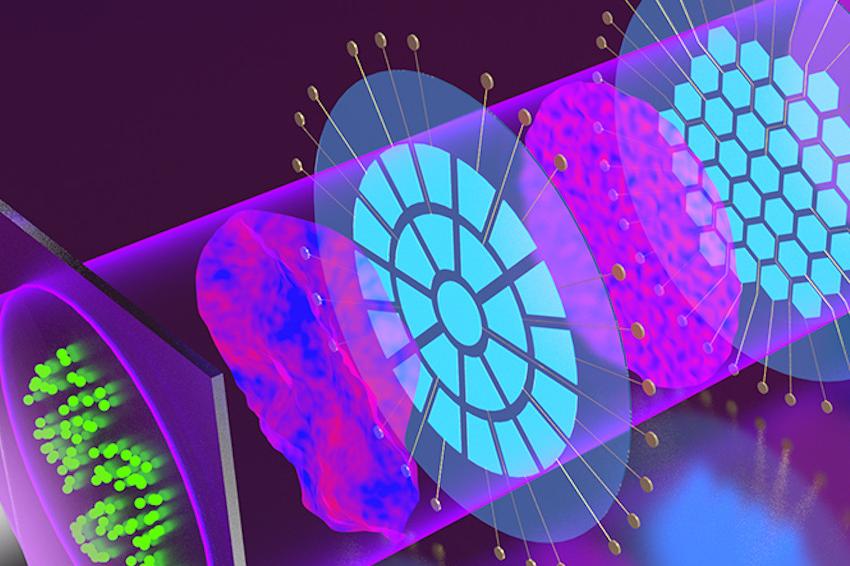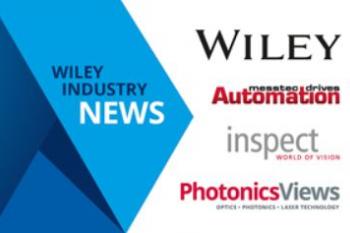Adaptive optics with cascading elements
27.01.2021 - A cascaded dual deformable phase plate wavefront modulator doubles the aberration correction range.
Microscopy is the workhorse of contemporary life science research, enabling morphological and chemical inspection of living tissue with ever-increasing spatial and temporal resolution. Even though modern microscopes are genuine marvels of engineering, minute deviations from ideal imaging conditions will still lead to optical aberrations that rapidly degrade imaging quality. A mismatch between the refractive indices of the sample and its immersion medium, deviations in the thickness of sample holders or cover glasses, the effects of aging on the instrument – such deviations can manifest themselves in the form of spherical aberration and focusing errors. Also, particularly for deep tissue imaging, an essential tool in neurobiology research, an inhomogeneous refractive index of the sample and its complex surface shape can lead to additional higher order aberrations.
Adaptive optics (AO), an image correction technique first used in astronomical telescopes for compensating the effects of atmospheric turbulence, is the state-of-the-art method to dynamically correct for sample and system-induced aberrations in a microscopy system. A typical AO system features an active, shapeshifting optical element that can reproduce the inverse of the wavefront error present in the system. Commonly taking the form of either a deformable mirror or a liquid crystal spatial light modulator, the limitations of this element define the quality of achievable aberration correction and thus the widespread applicability of AO microscopy. Now, researchers from the University of Freiburg, Germany, have made a significant advance in AO microscopy through the demonstration of a new AO module comprising two deformable phase plates (DPPs).
In contrast to deformable mirrors, the DPP system is a wavefront modulator operating in transmission, enabling direct AO integration with existing microscopes. In this AO configuration, similar to hi-fidelity loudspeakers with separate woofer and tweeter units, one of the optical modulators is optimized for low-spatial frequency aberrations, while the second is used for high-frequency correction. A major challenge for an AO system with multiple phase modulators is how to place them on optically equivalent (conjugate) positions, often requiring multiple additional optical components to relay the image until it reaches the detector. Therefore, configuring even two modulators in an AO system is very challenging.
Since the DPPs are <1 millimeter in thickness, cascading two or more modulators within acceptable proximity becomes substantially more practical. The Freiburg team also developed a new method to optimally control multiple phase modulators regardless of their individual specifications, potentially enabling cascading of many more devices for increased range and fidelity. To demonstrate its performance, the team integrated their new AO system into a custom-built fluorescence microscope, where sample-induced aberrations are iteratively estimated without a wavefront sensor. Imaging experiments on synthetic samples demonstrated that the new AO system not only doubles the aberration correction range, but also greatly improves correction quality. The work demonstrates that more advanced aberration correction schemes, such as multi-conjugate adaptive optics, can be implemented as easily and with new and more advanced control methods. (Source: SPIE)
Link: Dept. of Microsystems Engineering IMTEK, University of Freiburg, Freiburg, Germany







